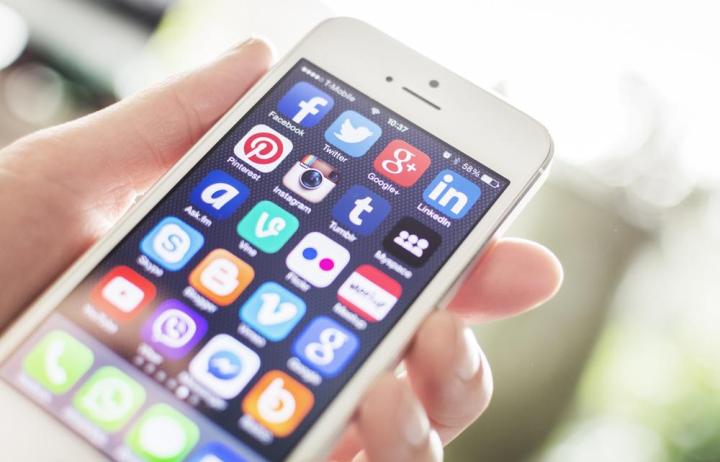
Note: For non-iPhone 6 and 6 Plus users, make sure to download iOS 8 on your device before continuing with this walkthrough.
Step 1. Setting up Family Sharing and naming a Family Organizer
First, navigate to the Settings application on your iPhone, select iCloud, and click Set Up Family Sharing. Whoever initially chooses to set up Family Sharing has is designated as the Family Organizer. Anybody designated as the Family Organizer chooses which credit cards control the purchasing of content in the iTunes Store, the App Store, or the iBookstore.
Other selected family members also have purchasing power, though they would need to buy the content with the same cards to make the content shareable with others. This is also true for anyone who’s upgraded to a new iPhone and wants to make already purchased applications or content available to your family network. When re-downloading the content, make sure to use the same credit card tied with your Family Sharing account.
Note: If anyone other than the Family Organizer attempts to make a purchase, an “Ask to Buy” request sends to the Family Organizer. They then have the option to approve or deny the request.
The Family Organizer also has the ability to name any family member as parent or guardian, which gives them the power to approve purchase requests from other members. Simply select any family member as a parent or guardian and future “Ask to Buy” requests send to them as well.
Step 2. Accessing past purchases
Once you’ve added your network of family members, you have access to past purchases other family members have made. To access past purchases, navigate to the Purchases tab in either the iTunes Store, the App Store, or the iBookstore. In a perfect world, you should see lists of purchases you’ve made, as well as a list of Family Purchases made by the people in your family network. If you don’t see the applications right away, try downloading any free application and other users’ iTunes, App Store, or iBookstore content should appear.
Other features
Location Sharing
Not only does your family network have access to the various applications and content you download, but it also features easy location sharing for you and your family. Any user designated as family has the ability to track the whereabouts of other users’ devices via the Find My iPhone application. All users have their locations displayed in the application by default, though you can disable the feature through the Share My Location setting in your iCloud app.
Sharing reminders and photos
Any new reminders made within the Family List folder in the Reminders app automatically show up on all your family’s devices. These reminders are accessible through each member’s iPhone and if necessary, upload to their Calendar application.
Apple also makes it easy to share your family’s most cherished moments by including a family-only iCloud Photo Stream. Any photos or videos taken by members of your family circle automatically upload to the Photo Stream and become viewable across everyone’s iPhone. Furthermore, family members have the ability to leave comments on any photos or videos uploaded to the Photo Stream.
[Header image courtesy of: Shutterstock/Twin Design]


